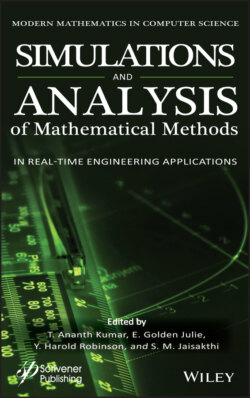Читать книгу Simulation and Analysis of Mathematical Methods in Real-Time Engineering Applications - Группа авторов - Страница 54
2.7 Conclusion
ОглавлениеThe chapter has given a basic introduction to edge computing with its associated research challenges. The various mathematical models for solving the edge computing problem are also explored. An insight on computational offloading and multiple approaches for computational offloading are discussed. The Markov chain-based decision-making approach is an efficient mathematical approach. The applicability of it for the computational offloading problem in edge computing is also explored. A game theory-based dynamic approach for offload decision making is provided with available solutions. Achieving target QoS in dynamic edge scenarios is another research challenge; the potential solution approaches for them are discussed. Deep learning is widely now applied in many domains to solve NP-hard problems. In edge computing also many NP-hard problems could be solved using a deep learning mechanism. In this chapter, a few DL-based edge computing solutions are discussed. Various offloading mechanism using deep reinforcement learning is presented with associated challenges of offloading. As the second part of the deep learning application, resource allocation in edge computing environments using deep learning mechanisms is also given. Evolutionary-based optimization is another potential solution to solve the multi-objective, multi-constraint optimization problem. A few optimization problems using evolutionary algorithms like ant colony optimization, genetic algorithm, and particle swarm optimization for edge computing are also described.
